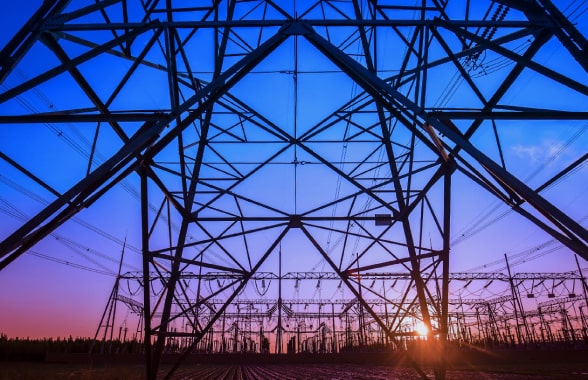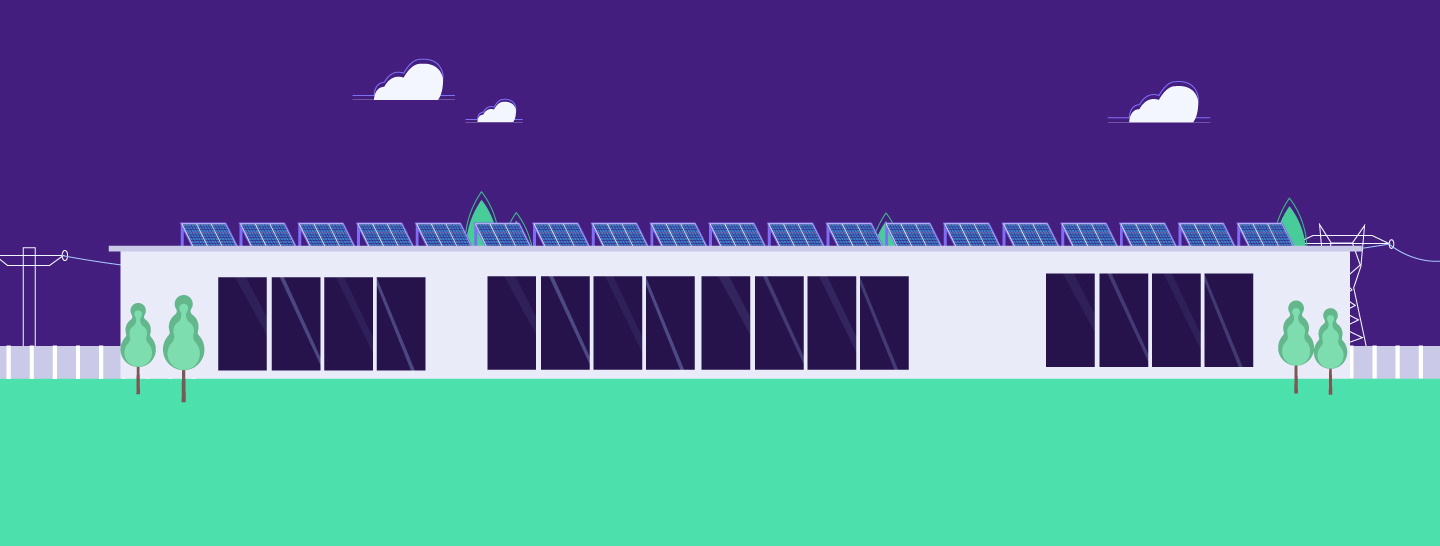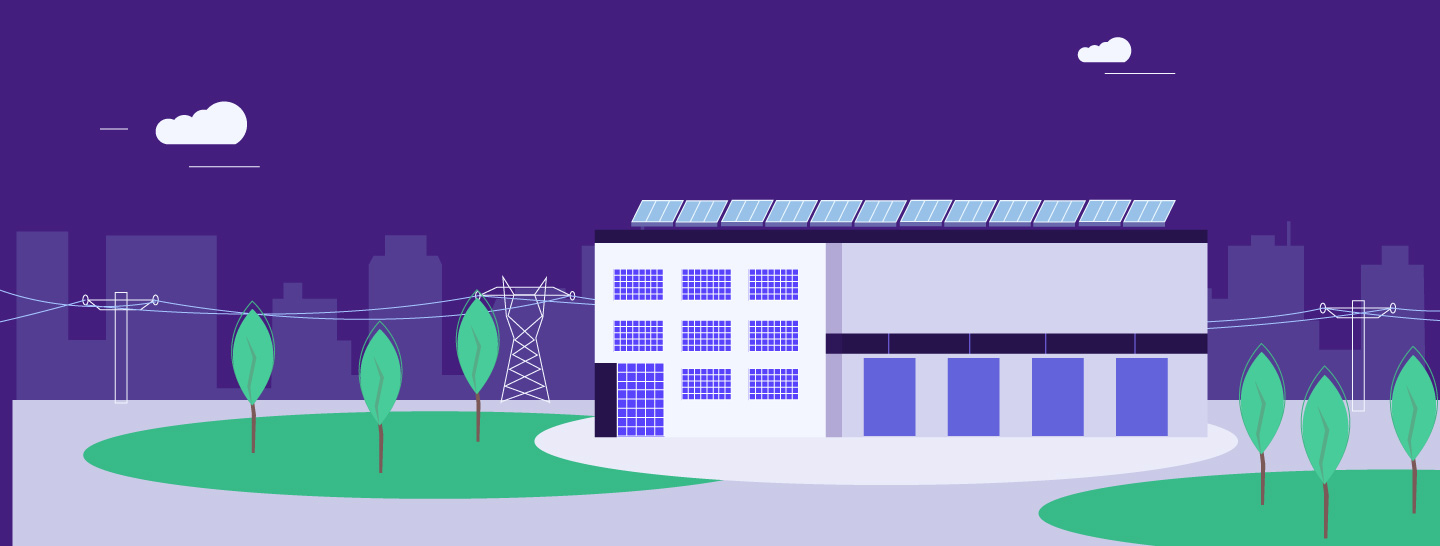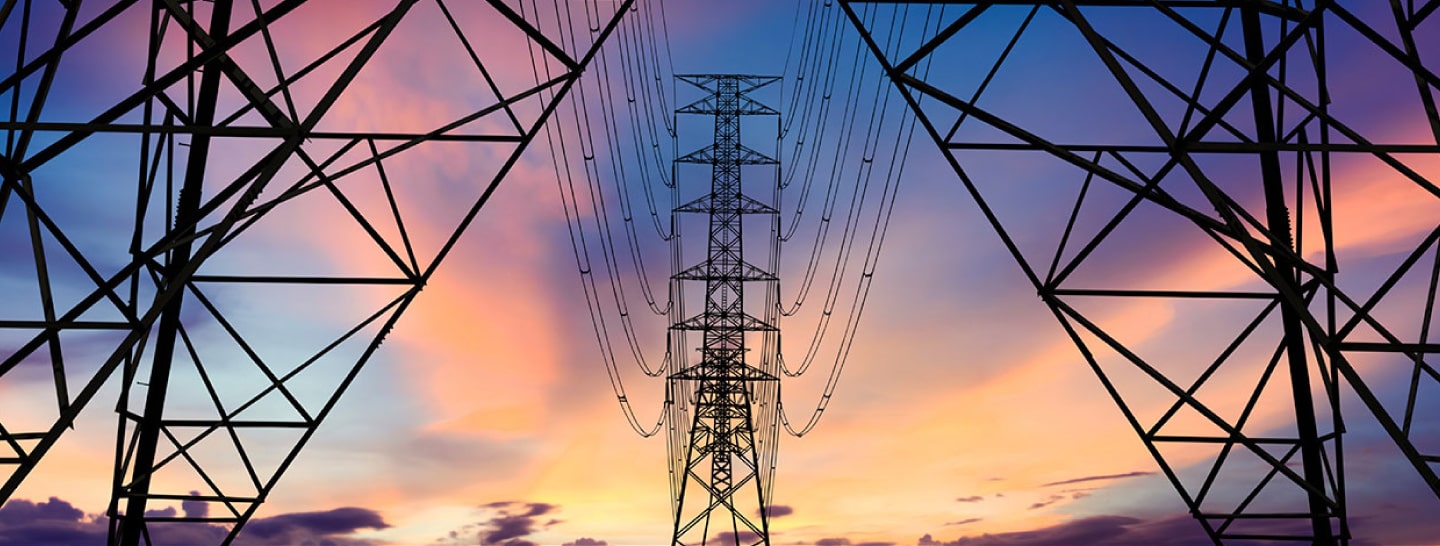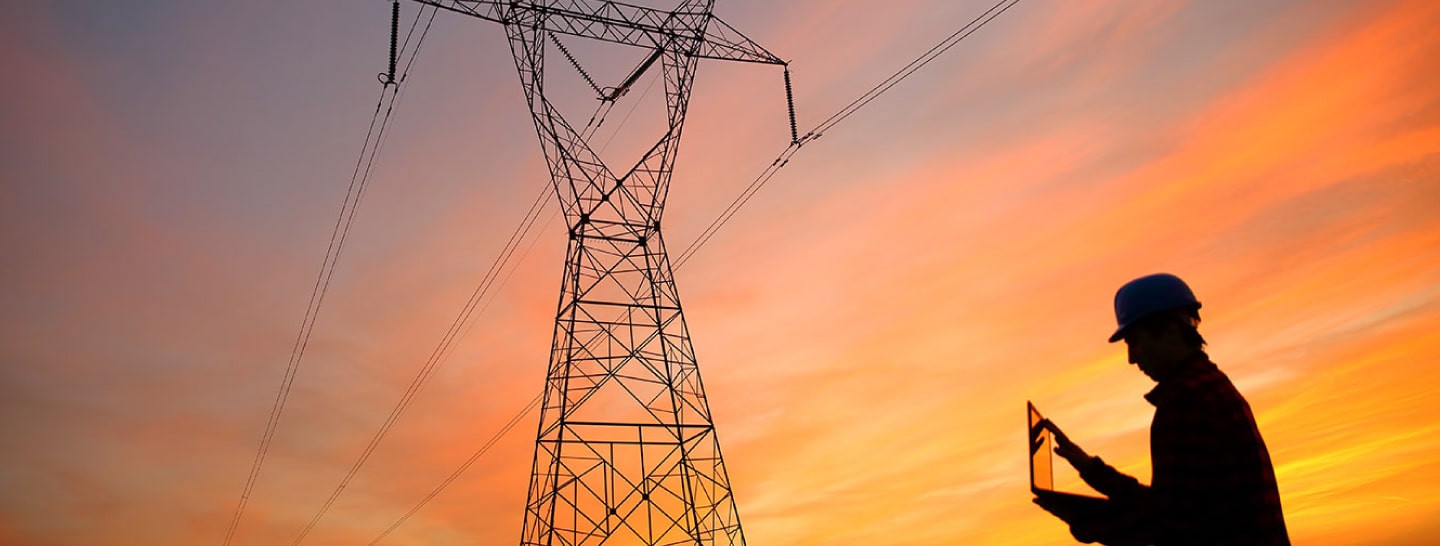
What is Demand Response?
Many utilities and network operators offer Demand Side Management programs as a means of ensuring they have spare capacity to respond to peaks in supply or demand and are able to avoid the risk of a potential blackout or brownout of the grid. One of the most common energy flexibility programs falling under the umbrella term of Demand Side Management is Demand Response: it pays commercial and industrial users to modify their energy consumption when asked to do so, thereby helping to maintain network stability and a reliable power supply. And given that a kilowatt saved is the same as a kilowatt generated, those payments are made at the same rate as would be paid to a power station and can therefore involve significant amounts of money. Taking part in a Demand Response program is a three-part process. We can therefore separate a customer’s involvement in a Demand Response program into the following steps: prepare, respond, restore.
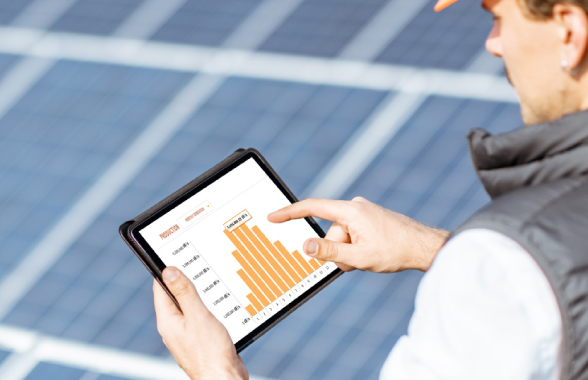
Step 1: Prepare
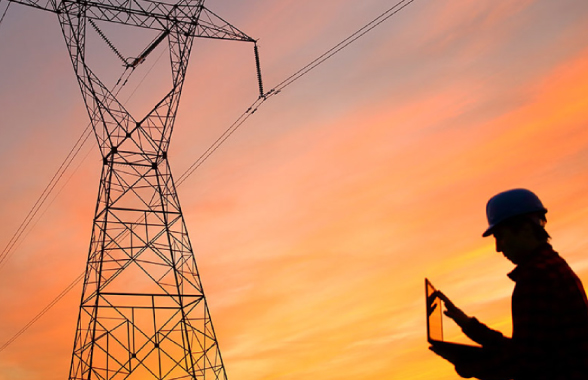
The first step of a Demand Response program is Preparation, which involves designing a Custom Energy Management Plan to map your site’s energy consumption. Enel X will work with each customer to cut non-essential energy use at their facilities without affecting operations, comfort or product quality. That might mean something as simple as turning down the lighting, reducing the air conditioning, or shifting the timing of an energy-intensive process by a few hours. It could also mean switching to backup generation to reduce demands on the grid. The plan is tailor-made to work for each individual customer to deliver the maximum benefits of Demand Response. Once the plan is in place, the next move is to install the meters needed to make it all work. This includes a device that puts the facility in touch with our Network Operations Center (NOC) in Dublin, which monitors customers’ consumption levels 24 hours a day, seven days a week, all year round. The connection also allows customers to scrutinize their data in real time, as well as giving access to the tools Enel X software offers.
Step 2: Respond
When the grid operator anticipates the need for support, it dispatches a signal via phone, email or SMS to its Demand Response program participants informing them that a dispatch is about to begin. It can typically last between 15 minutes and four hours. Once the client receives and acknowledges the dispatch notification, their response is ready to go.
At the start of the dispatch, the customer implements its energy reduction plan at their facility, cutting electricity consumption as agreed. The cutbacks can be managed manually on-site, or remotely by clicking a button. Cloud-based applications can allow participants to log in and see their dispatch performance in real time, to make sure they are meeting their reduction targets.
Step 3: Restore
Restoration comes once the despatch is over and facilities taking part receive clearance to return to normal operations. Enel X is your partner all the way through this process, and is in close contact with the customer before, during and after the despatch to ensure reduction targets are met, earning the highest level of payment.
Who can access Demand Response?
Candidates able to participate in Demand Response programs include any facility that can cut electricity consumption by at least 100 kilowatts. These range from schools and colleges, to hospitals, factories, offices, malls and many more. Along with the increased revenue stream that comes with turning flexibility into cash, and progress toward meeting goals for use of renewable power sources, there are many benefits to taking part in Demand Response programs. Energy use declines, and bills fall as better power management allows a prompt response to high electricity prices. Participants also receive advance notice of stability issues in the grid and can manage their operations proactively.

How do Demand Response programs work?
Enel X makes its Demand Response program work by managing it from a state-of-the-art Network Operations Center (NOC) established in Dublin in 2011. This “command hub” is where all DR dispatches are actioned, monitored and managed. Enel X operates the largest portfolio of flexible energy assets in the world through the NOC, currently managing over 7 GW of so called “curtailable” or “interruptible” energy supply across 16 countries worldwide. At the same time, the NOC streams data from over 15,000 enterprise sites globally. The power supply managed at the NOC is distributed across more than 50 Demand Response programs around the world, offering real-time adaptability as it instantaneously accommodates the grid operator’s request to modulate energy demand and interacts with Demand Response participants.




